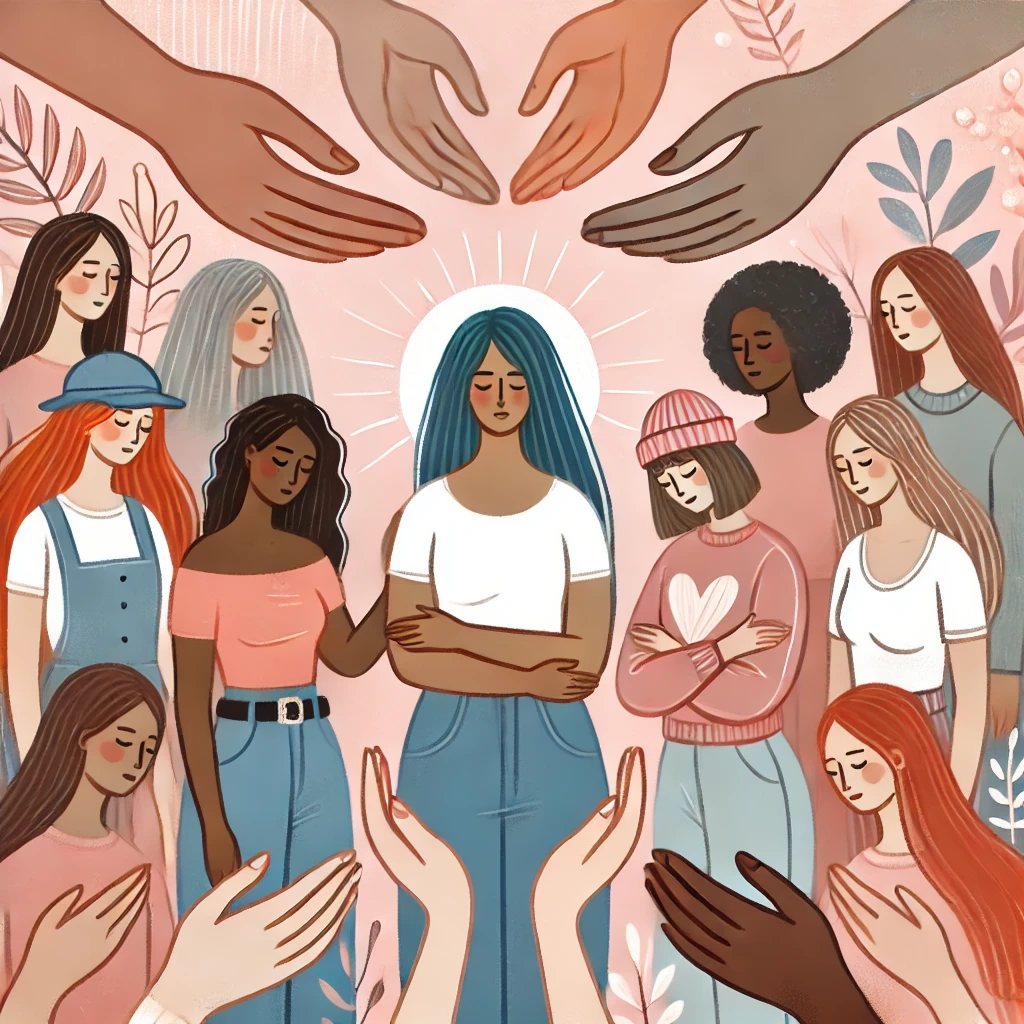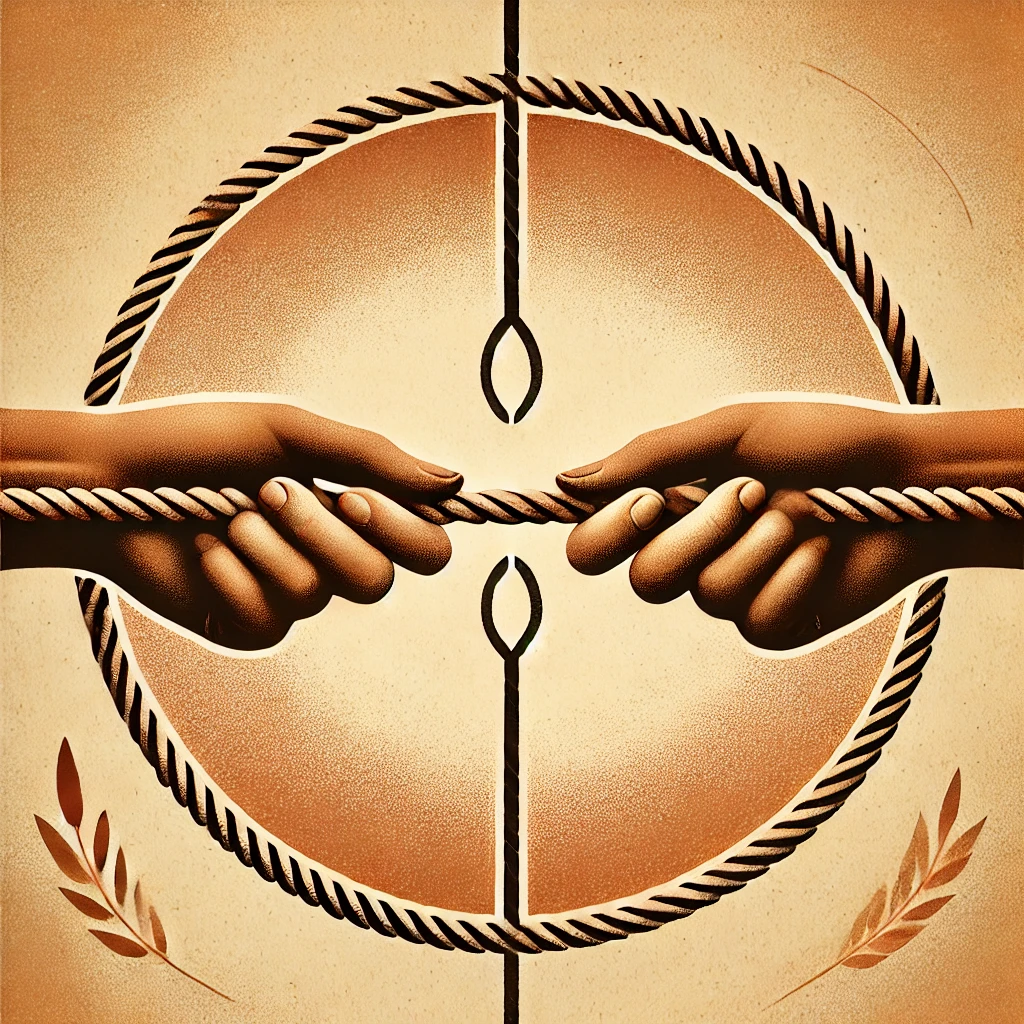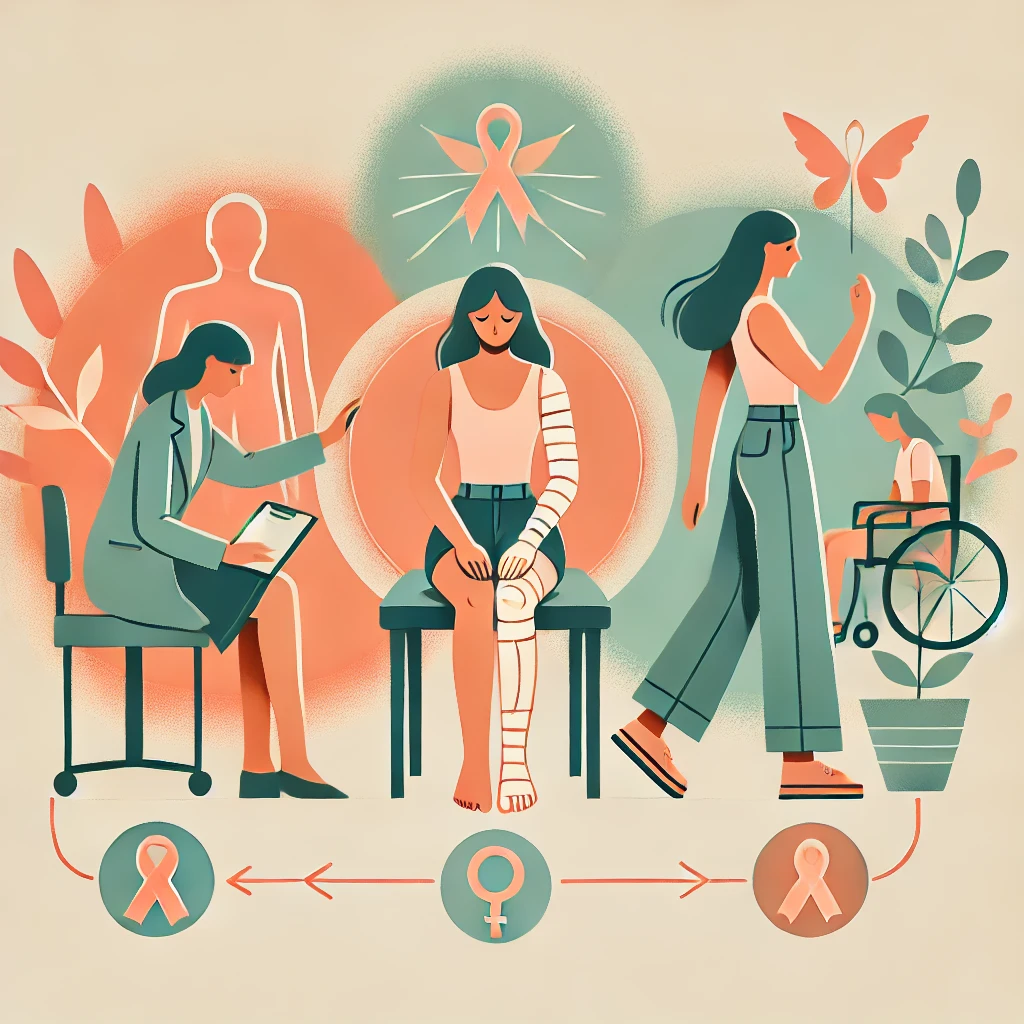Domestic violence is a serious issue that affects people from all walks of life. According to the World Health Organization, nearly 1 in 3 women worldwide have experienced physical or sexual violence, a form of domestic abuse, in their lifetime. In the United States alone, over 10 million people are affected by domestic violence annually. These staggering numbers highlight the urgent need for awareness and action. It can happen to anyone, regardless of age, gender identity, sexual orientation, or economic status. Whether it’s physical harm, emotional abuse, or financial control, the impact of domestic violence is devastating—not only for the victim but also for families, friends, and communities.

In this post, we’ll break down what domestic violence really means, its warning signs, and ways to support someone experiencing it. Let’s talk about how we can create healthier relationships and offer hope to those in abusive situations.
What Is Domestic Violence?

Domestic violence is a pattern of abusive behavior used by one partner to gain or maintain power and control over another person in an intimate relationship. Intimate partner violence is a specific form of domestic violence characterized by a pattern of behaviors aimed at exerting power and control over a partner in an intimate relationship. It can also occur in non-romantic relationships, such as between family members or close friends. Abuse is not limited to intimate partners and can manifest in various dynamics where power and control are exploited. Abuse isn’t always physical; it can be emotional, psychological, sexual, or financial.
Types of Abuse:
- Physical Abuse: Hitting, hair-pulling, or threatening physical harm.
- Emotional Abuse: Constant criticism, name-calling, and manipulation.
- Sexual Abuse: Forcing sexual activities or non-consensual sexual acts.
- Economic Abuse: Controlling money, limiting access to financial information.
Understanding these forms of abuse is the first step in recognizing and addressing domestic violence. For instance, physical abuse might look like a partner slapping, punching, or even threatening harm with a weapon. Psychological abuse can include constant criticism, belittling a person’s feelings, or isolating them from loved ones. Economic abuse often involves tactics like controlling all household finances or preventing someone from accessing their own money. Sexual abuse may include coercing a partner into sexual acts against their will or refusing to respect their boundaries. By examining these scenarios, we can better identify and address abusive behaviors in various contexts.
Signs of an Abusive Relationship

It’s not always easy to recognize abuse. Some common warning signs include:
- Intimidation or threats.
- Controlling behaviors like isolation from friends and family.
- Constant blame or name-calling.
- Financial control or withholding resources.
- Verbal abuse, such as constant criticism, name-calling, and demeaning remarks.
If you or someone you know is experiencing these behaviors, it’s important to take them seriously. Ignoring these signs can lead to severe consequences, including escalated violence, emotional trauma, or even loss of life. Early intervention can save lives and provide victims with the support they need to break free from abusive situations. Abuse can escalate quickly.
The Power and Control Wheel
Why Does Intimate Partner Violence Happen?

Domestic violence doesn’t discriminate. It happens across all socioeconomic backgrounds, education levels, and cultures. Relationship abuse encompasses various forms of control and manipulation where one partner exerts power over the other. For example, studies show that individuals in higher-income households may experience abuse that is hidden behind financial privilege, while those in lower-income brackets might face additional barriers like lack of resources or community support. Similarly, domestic violence affects people of all education levels—from those with minimal schooling to individuals with advanced degrees. These examples highlight how domestic violence transcends demographic boundaries and requires a comprehensive approach to address. Factors like alcohol or drug use, economic stress, and cultural pressures can contribute, but these are never excuses for abusive behavior. It’s always about power and control.
How Domestic Violence Affects People

Abuse impacts every aspect of a person’s life:
- Physically: Injuries, chronic pain, and long-term health problems.
- Emotionally: Depression, anxiety, and feelings of worthlessness.
- Socially: Isolation from loved ones and difficulty forming new relationships.
- Economically: Loss of financial independence or employment.
The emotional and psychological challenges faced by an abused person can be profound, often leading to long-term mental health issues.
Children exposed to domestic violence can also experience emotional trauma, difficulty in school, and behavioral issues. Over time, these experiences may lead to long-term challenges such as difficulty forming healthy relationships, trust issues, and increased risk of engaging in or becoming victims of abusive behavior in their own adult relationships. Additionally, the constant stress of living in such an environment can contribute to chronic mental health conditions like anxiety, depression, and post-traumatic stress disorder (PTSD), significantly affecting their future quality of life.
Barriers to Leaving an Abusive Relationship

Many wonder, “Why don’t they just leave?” But leaving is rarely simple. Abusive relationships often involve various forms of control and manipulation, making it difficult for victims to leave. Barriers include:
- Fear of retaliation or harm.
- Financial dependence on the abusive partner.
- Emotional manipulation or feelings of love.
- Lack of support or resources.
Recognizing these challenges can help us be more compassionate and supportive to victims. Practical ways to show compassion include actively listening without judgment, offering to accompany them to seek help, or connecting them with local support groups. Small gestures, like checking in regularly or providing a safe space to talk, can make a big difference. By being patient and understanding, we empower victims to take steps toward safety on their own terms.
Creating a Safety Plan
Creating a safety plan is a crucial step for anyone preparing to leave an abusive relationship. A safety plan is a personalized strategy that outlines how to stay safe while still in the relationship and how to leave safely. Here are some essential steps to consider:
- Identify Safe Places: Determine safe locations where you can go in an emergency, such as a friend’s house, a family member’s home, or a local domestic violence shelter. Knowing where to go can provide a sense of security and preparedness.
- Pack an Emergency Bag: Prepare an emergency bag with essential items, including a change of clothes, important documents (such as identification, birth certificates, and financial records), medications, and a phone charger. Keep this bag in a safe, easily accessible place.
- Create a Code Word: Develop a code word or phrase that you can use to alert friends and family that you are in danger. This allows you to communicate your need for help discreetly.
- Plan Your Exit: Strategize your departure from the relationship, including how you will leave and where you will go. Consider transportation options and have a backup plan in case your initial plan falls through.
- Seek Support: Reach out to friends, family, and local domestic violence organizations for support. They can provide emotional support, resources, and assistance in creating and executing your safety plan.
Creating a safety plan empowers you to take control of your situation and ensures that you have a clear, actionable strategy for staying safe and leaving the abusive relationship when you are ready.
Supporting a Loved One Experiencing Domestic Violence

Supporting a loved one who is experiencing domestic violence can be challenging, but your support can make a significant difference. Here are some steps you can take to help:
- Listen and Believe: Create a safe and supportive space for your loved one to share their experiences. Listen without judgment and believe what they are telling you. Acknowledging their reality is crucial for their healing process.
- Respect Their Boundaries: Understand that your loved one may not be ready to take certain actions, such as leaving the relationship. Respect their decisions and avoid pushing them to take steps they are not prepared for.
- Provide Resources: Share information about resources like the National Domestic Violence Hotline (1-800-799-7233) and local domestic violence organizations. These resources can offer professional support and guidance.
- Offer Practical Support: Help with practical tasks, such as running errands, providing childcare, or offering a safe place to stay. Practical support can alleviate some of the immediate pressures your loved one may be facing.
- Take Care of Yourself: Supporting someone in an abusive relationship can be emotionally draining. Ensure you are also taking care of your own mental and emotional well-being. Seek support for yourself if needed.
By offering a compassionate, non-judgmental, and supportive presence, you can help your loved one feel empowered and less isolated. Your support can be a lifeline as they navigate their way to safety and recovery.
Resources and Support
If you or someone you know is experiencing domestic violence, there is help available. Physical violence is one of the most visible forms of domestic abuse, often instilling fear and maintaining control over the victim. The National Domestic Violence Hotline is a confidential resource available 24/7. They offer counseling, safety planning, and support for individuals in abusive situations. The hotline also provides legal advice and connects callers to local shelters and community resources. With trained advocates available in over 200 languages, the service ensures that everyone can access the help they need. They provide support, resources, and guidance for creating a safety plan.
Other helpful resources include:
- RAINN for sexual violence support.
- Women’s Law for legal advice and information.
- Love Is Respect for help with dating abuse.
FAQs
1. How can I help someone in an abusive relationship? Listen without judgment, offer support, and share resources like the National Domestic Violence Hotline. Domestic abuse can take many forms, including physical, emotional, and financial control, and it’s important to let them decide when they’re ready to take action.
2. Can men experience domestic violence? Absolutely. Domestic violence affects all genders and sexual orientations. Men can be victims, too.
3. What should I do if I suspect someone is being abused? Trust your instincts and express your concern. Start by gently saying, “I’ve noticed some changes and I’m worried about you. Is there something you want to share?” Avoid blaming or pressuring them; instead, let them know you are there to support them no matter what. You might say, “You deserve to feel safe and respected. If you ever want to talk or need help finding resources, I’m here for you.” Encourage them to reach out to a trusted resource or hotline for help.
4. What is a safety plan? A safety plan is a personalized, practical plan that helps someone stay safe while in an abusive relationship, preparing to leave, or after leaving.
Additional Resources
For more information and support:
These organizations offer guidance and support to individuals experiencing abusive relationships and those looking to help. These organizations offer guidance, resources, and support to individuals experiencing abuse and those looking to help.
Final Thoughts

Domestic abuse is a difficult topic, but understanding it is the first step toward change. By recognizing the signs, offering support, and sharing resources, we can help victims regain control of their lives and build healthier relationships. Domestic abuse can manifest as physical, emotional, and financial control, often making it difficult for victims to leave the situation. Let’s be the voice of encouragement and hope they need. Share this information with others to spread awareness and advocate for change in your community. Together, we can create a world where everyone feels safe and supported.





